Helen Canetta Conveys Passion and Delivers Impactful Messages Through Her Collage Art
Helen Canetta does not subscribe to the binary vision of “fine arts” versus “popular arts” frequently used today. “It is archaic terminology which desperately needs to be revisited” Canetta said, an abstract collage artist, an individualist inspired by music, emotion and universal life experiences. “I find this distinction to be elitist, misguided and detrimental to the cause of art which is already struggling these days,” said Canetta, an acrylic collage painter based near Boston, Massachusetts. Art needs support and endorsement today more than ever and to perpetuate the myth that great art only exists in the past is a pessimistic and flawed perception of the contemporary artistic landscape. Artists around the world today have the same ability and potential than the greats of yesterday. There is a tremendous amount of inspired artists creating every day. Art is art and good is good.”
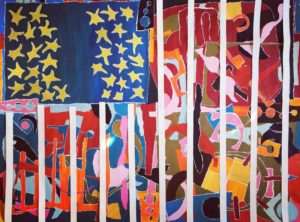
Consider “Behind Bars: Democracy,” one of her more recent works. It depicts an unconventional and abstract version of the American flag today where oddly-shaped gold stars are divided into two sides, much like the way our country feels fractured today. Shards of vertical white form the stripes, like prison bars. Multicolored forms, vivid and muted, scatter the flag in a representation of the population and its search for meaning amidst chaos and confusion.
“Color is Emotion is Music is Art” is Canetta’s philosophy. She creates her artwork usually fused by music reflective of the emotions she wishes to encapsulate. She recently created a three-piece (tryptich) painting tribute to music icon David Bowie. “David Bowie was very instrumental to me growing up and to millions of people around the world. In what turned out to be a three-step effort, there’s a wild range of conflicting emotions battling it out from rage, sadness and pain to peace, serenity and even joy. All these different emotions in my mind have colors and shapes associated with them, even texture.
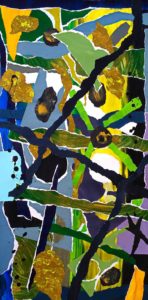
The central piece brings to life a mythical “bluebird” referred by Bowie in one of his last song ever written. “Somehow, a phrase from the song “Lazarus” which refers to his impending death “you know I’ll be free just like that blue bird” profoundly moved me coming from someone who had led such an unleashed and controversial life and I felt the need to bring this little bluebird to life and immortalize him, triumphant and forever at peace in a luscious tropical forest-like afterworld while defeated vultures of death sneer gloomily in his direction, unable to capture this most extraordinary and eternal soul”. (Click here to view “Bluebird 2”)
A self-taught artist, Canetta talked about how art was a means of self-expression since her youth to transform herself from a self-described shy and aloof loner to the woman she has become, flowing with passion and vitality.
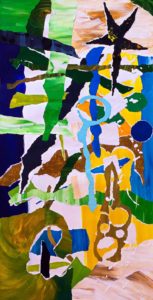
“My earliest childhood memories are drenched in colors,” she said. “As a young child, colors formed a secret and complex language, sparkling as broad daylight. Later in life, I became fascinated by shapes, angles and textures as vectors of emotions and inspiration. When combining color and shape, two sister galaxies collided in the most inspirational and complimentary way and texture became the final touch to bring each piece to life and give it a voice, from a whisper to a raucous.”
This desire to express our most intimate emotions and convictions using art as an outlet to connect with others seems to be fading away in our culture today, Canetta lamented.
“To say that art as a whole and the importance of keeping art alive and thriving is slowly getting lost on Americans at large is a sad reality,” she explained. “A sign of our time is the slow yet steady extinction of neighborhood boutiques where the odd and the unique were greatly sought after.” When Canetta first moved to the United States in the mid-1980s, she recalled how boutiques or “gift shops” were almost revered as magical shops where one-of-a-kind, hand-crafted treasures made by local artists could be uncovered. “There would be that one unique object on the shelf and if someone else found it or bought it before you, that was it, it was gone. There weren’t boxes of identical copies laying in the backroom.” Yet over the next decade, the chain-store phenomenon, including Kohl’s and Target, started picking up on the niche business of art.
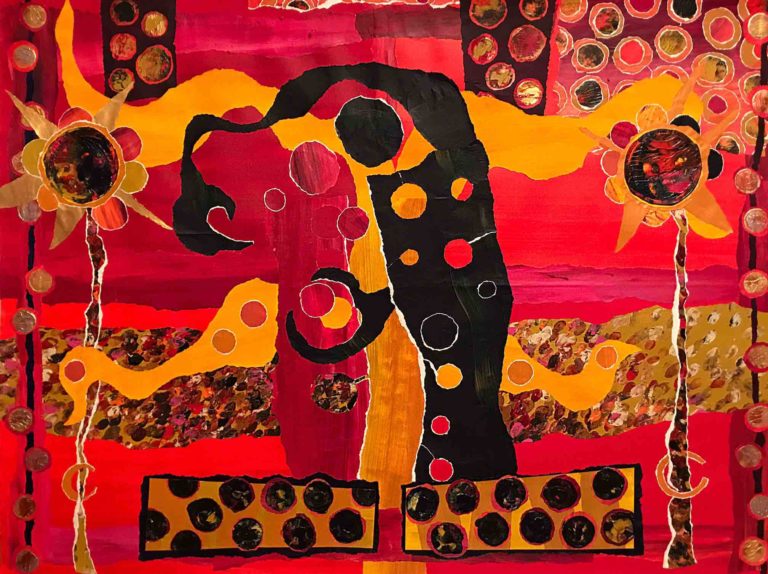
“Retail moguls discovered and invaded that new space, literally annihilating gift shops and damaging the profitability of art galleries in the process, putting on their shelves countless poorly made, mass-produced replicas of original art captured around the world at a fraction of the cost to “bring art to the masses,” she concluded.

Canetta, who describes herself of a liberal mind, noted that “the fact that consumers adopted this new concept of “art” so enthusiastically shows how poorly educated we have become as a whole about art and what it represents, and how it has a critical value in every society which should be better understood and fiercely protected.
“Somehow the concept of a piece of art coming from the vision and execution of one being’s vision and skills lost the prestige and respect it deserves. Art is an otherworldly and irreplaceable language,” stressed Canetta. “It is the delicate and brittle process of one being yearning to communicate with others through the fabrication of something created out of nothing. Our virtual and electronic gadgets are doing quite a number on our brains, replacing values inherited through millenniums of culture and civilization.”
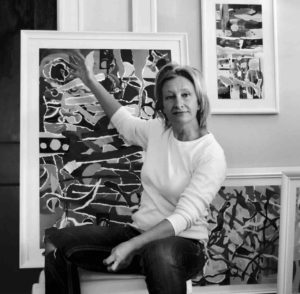
How does Canetta hope to influence the upcoming generation to appreciate the true meaning and value of art and its place in society? “The future of art lies in part with a stronger presence in education,” Canetta explained. “It all starts with children because they are the art makers and buyers of tomorrow. It is critical to keep art on every school’s curriculum. We must continue to teach these kids to make art and also teach to appreciate it too.”
“In spite of this general state of affairs, I am also seeing an outstanding number of emerging community grass root galleries and artistic communities, local initiatives through schools blooming, and artists getting together and creating co-ops and popup studios.” She adds, “Artists are fighting for their future and everyone else’s.” That is the hope and the energy that Helen Canetta hopes to inspire through her pieces.
“Painting is complete freedom,” she said. “It’s freedom for the artist. It’s freedom for the viewers. And it’s just this unwritten language. And it’s magical. I think one of the most magical inventions of human beings is art.”
Feature Image: “Big Blue”;

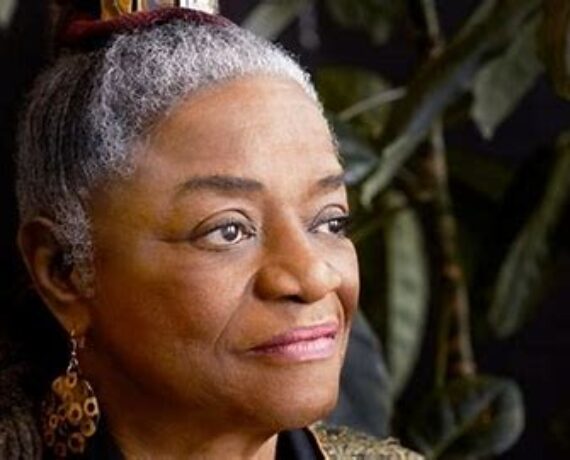
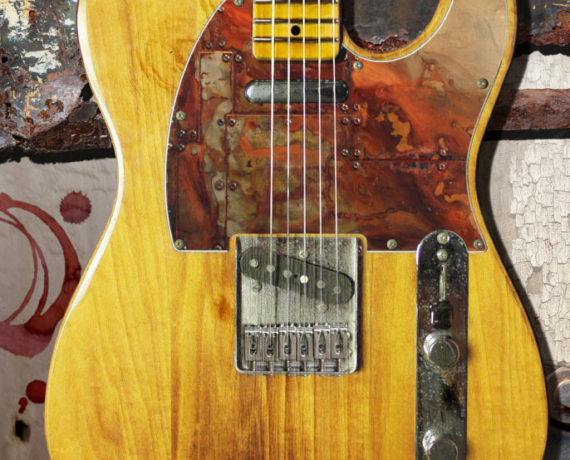
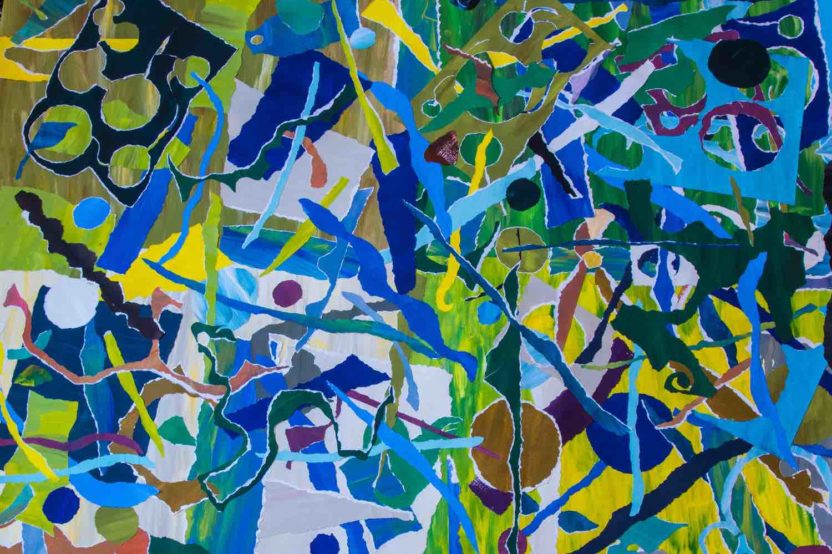

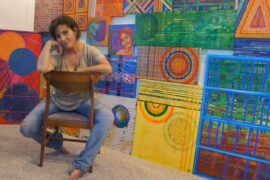
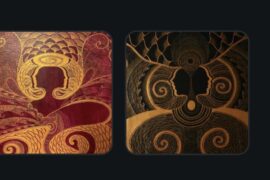
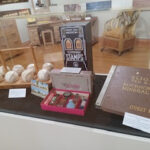 Discovery Through Preservation, Mesa Historical Museum
Discovery Through Preservation, Mesa Historical Museum  Looking Glass, A Reflection of Time – Norman Broomhall
Looking Glass, A Reflection of Time – Norman Broomhall  Art & Expectations – Jennifer S. Levine
Art & Expectations – Jennifer S. Levine  As Within, So Without
As Within, So Without